Поиск подходящего дома теперь зависит не только от его площади или внешнего вида, но и от понимания местного сообщества.
Для многих покупателей вопросы о качестве школ, безопасности района и демографической ситуации в городе имеют не меньшее значение, чем цена. Сайты недвижимости подхватили эту тенденцию, размещая рейтинги школ и подробную информацию о районе прямо в своих объявлениях.
В этом обзоре мы рассмотрим семь лучших платформ, которые справляются с этой задачей лучше всего, — начиная с Wahi, быстрорастущего канадского стартапа, а затем нескольких крупных игроков, обслуживающих преимущественно покупателей жилья из США. Мы рассмотрим, как каждый сайт предоставляет информацию о школах, аналитику по районам, технологические инструменты, циклы обновления и поддержку пользователей.
Wahi: данные о школах Канады и анализ районов на уровне листинга
Вахи Специализируется на канадском рынке, уделяя особое внимание Онтарио и Большому Торонто. Этот сайт уделяет первоочередное внимание аналитике школ и районов непосредственно в своих инструментах поиска, интегрируя данные Local Logic и Schools Canada.
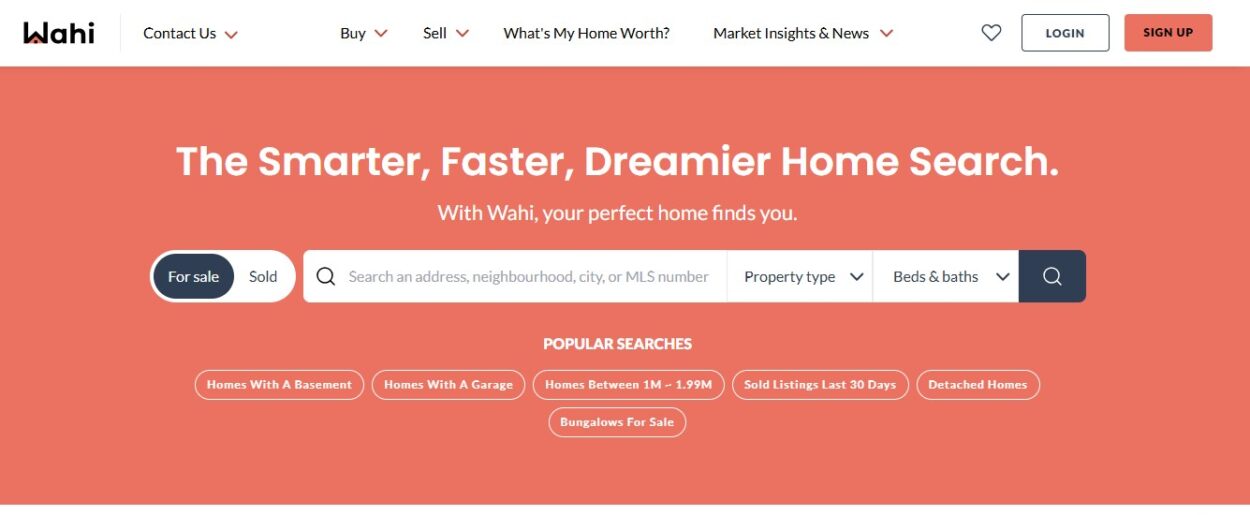
Рейтинги школ и сбор данных
Wahi предоставляет подробную информацию о школах. Профили школ включают результаты государственных и местных экзаменов, официальные рейтинги, репутацию школы, границы, зоны обслуживания и информацию о ежедневных поездках на работу. Источники данных обновляются каждый учебный год для поддержания актуальности.
Показатели Wahi превосходят результаты тестов за счет репутации и непредвзятости отчетов, проверенных с помощью автоматизированных инструментов и исследователей-людей.
Обработка и представление данных о микрорайонах
Wahi обеспечивает блочный уровень подробности о районахКатегории включают основной язык общения, распространённые способы передвижения, наивысший уровень образования, средний доход домохозяйства, средний возраст и другие основные демографические характеристики. Сервис «Поиск районов» сравнивает удобства, показатели безопасности и тенденции рынка недвижимости примерно в 400 районах Большого Торонто. Цель — удовлетворить потребности покупателей, ищущих определённый образ жизни или особенности сообщества.
Данные Wahi предоставляются посредством сочетания национальных API-интерфейсов Local Logic и собственных инструментов, а также в планах расширения охвата на большее количество провинций.
Уникальные технологии и функции ИИ
Искусственный интеллект помогает сравнивать варианты и давать рекомендации в процессе поиска. Покупатели взаимодействуют с картами районов и наложениями данных школ, просматривая предлагаемые маршруты и направления движения до интересующей их школы. Все результаты поиска учитывают как характеристики объекта, так и соответствие требованиям сообщества. Функции сопоставления персонализируют поиск с учетом особенностей района.
Wahi также использует искусственный интеллект для поиска подходящих комбинаций районов и школ на основе предыдущих действий пользователя. Их функция поиска районов объясняет, что может означать проживание в каждом районе, основываясь на конкретных данных.
Пользовательский интерфейс и интерактивность
В каталогах данные о школах и районах отображаются наглядно, с удобными для чтения наложениями, значками оценок, виджетами карт и панелями сравнения. Пользователи могут настраивать фильтры в соответствии со своими образовательными потребностями или интересами. Эти инструменты одинаково хорошо работают как в веб-версии, так и на мобильных устройствах.
Гарантия качества и поддержка
Все школьные и демографические данные обновляются ежеквартально или каждый учебный год. Wahi предоставляет полную ссылку на каждый источник на платформе.
Покупатели и продавцы также обращаются к лицензированным экспертам Wahi, которые при необходимости помогут разобраться в этих данных, используя местные знания. Поддержка агентов в режиме реального времени является показателем доверия и мерой ответственности. Отзывы о работе свидетельствуют о высокой удовлетворенности и быстром реагировании.
Realtor.com: интеграция данных по США и профили районов
Realtor.com, ведущий игрок на рынке технологий недвижимости в США, объединяет рейтинги GreatSchools с надежными данными о районах и демографическими данными.
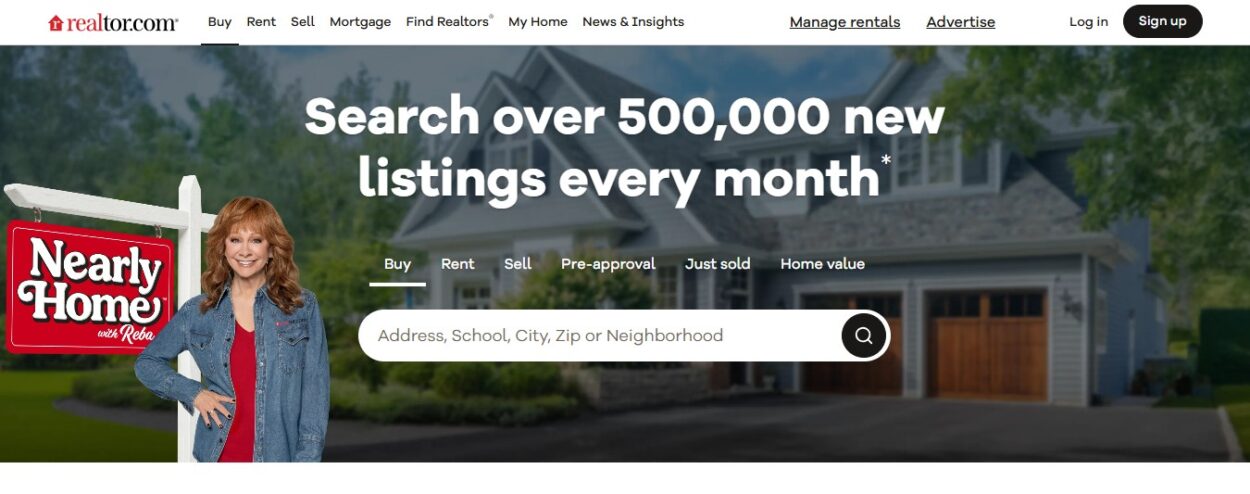
Рейтинги и обновления школ
В списках указаны границы школ, результаты тестов, показатели успеваемости и рейтинги равенства. Отзывы родителей дополняют контекст. Все рейтинги и данные школ обновляются ежегодно, согласуясь с новыми общедоступными наборами данных.
Аналитика района
Realtor.com предоставляет данные о доступности для пешеходов, информацию об общественном транспорте и велосипедах. На страницах объявлений указаны местные удобства, данные о преступности из полицейских управлений и демографические данные, такие как возраст, доход и образование жителей. При наличии, также приводятся данные о тенденциях в местном предложении жилья.
Технологические особенности
Пользователи видят оценки школ и границы участков при просмотре объектов недвижимости на интерактивных картах. Фильтры позволяют сортировать по школе или особенностям района. Источники данных и время обновления указаны для каждого объекта.
Поддержка пользователей и производительность
Сайт входит в сеть Национальной ассоциации риелторов. Он демонстрирует высокие результаты в тестах на скорость и доступность для мобильных устройств и компьютеров. Прозрачность данных, включая точное время обновления и ссылки на первоисточники, придает дополнительную уверенность в результатах.
Zillow: Многоуровневая аналитика по районам, школам и жилью
Хотя скандально известная платформа Zestimate от Zillow может стать кошмаром для любого агента по недвижимости, эта платформа по-прежнему остается ведущим онлайн-ресурсом для поиска жилья по всей территории США. И она никогда не достигла бы этой популярности без объединения данных о домах с подробной информацией о школах и районах для облегчения поиска недвижимости.
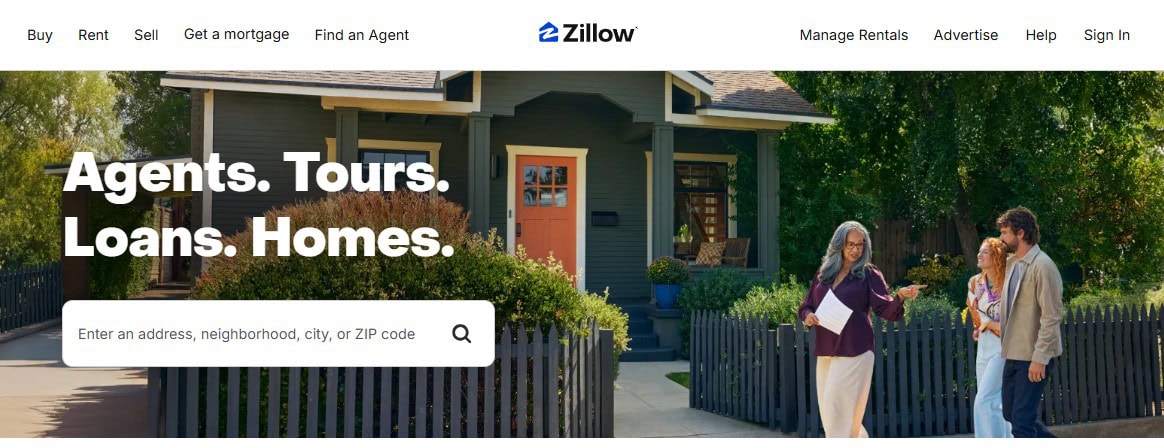
Презентация школьных данных
Зиллоу Сайт отображает результаты GreatSchools, информацию о дисциплинах и соотношение количества сотрудников и учащихся. Эта информация обновляется по мере поступления новых данных по штату или стране. Пользователи могут просматривать границы школьных округов или сравнивать рейтинги на каждой странице.
Информация о районе
Статистика по району отображает данные о пешеходной доступности, общественном транспорте и велосипедных дорожках в зависимости от местоположения. Также отображаются демографические тенденции, отзывы о близлежащих предприятиях и статистика преступности, предоставляемая местными органами власти на момент публикации.
Инструменты сравнения и ИИ
Функция сравнения Zillow позволяет ищущим жилье сравнивать целые районы. Рекомендательная система отдаёт приоритет предложениям. рядом с лучшими школами или сопоставления ключевых предпочтений на основе взаимодействия с пользователем. Эти инструменты сочетают в себе надежность данных и практическую ценность результатов.
Доверие и доступ пользователей
Предоставляются все журналы обновлений и источники. Доступность и бесперебойность работы Zillow поддерживаются регулярными аудитами и отзывами пользователей о производительности системы.
Redfin: Сравнительные характеристики данных школ и районов
Для тех, кто в первую очередь ценит местоположение и образ жизни, Красноперый создает инструменты углубленного сравнения для тех, кто интересуется школами и местными удобствами.

Рейтинги и политика школ
Redfin включает рейтинги GreatSchools, визуальные данные о границах и ссылки на полные профили школ. Данные о школах обновляются ежегодно или по мере публикации последних данных.
Профили районов
Данные о районах на Redfin включают демографические данные, основанные на переписи населения, данные о количестве преступлений и доступности для пешеходов. Для каждого района также представлены сводные данные. В них представлены такие факторы, как средний возраст жителей, типичное время в пути и разнообразие типов жилья.
Технологии и поддержка
Интерфейс Redfin поддерживает быстрый поиск на карте с фильтрацией по качеству школ или времени в пути. Покупатели могут запросить подбор местных агентов по недвижимости, специализирующихся на недвижимости в районах расположения выбранных школ. На платформе также размещены различные статьи в блогах и видеоматериалы, помогающие разобраться в сложных факторах поиска.
Trulia: Визуальное повествование для доступа к местным школам
Trulia, которой управляет Zillow Group, в своих объявлениях делает акцент на визуальной и основанной на отзывах жителей информации.
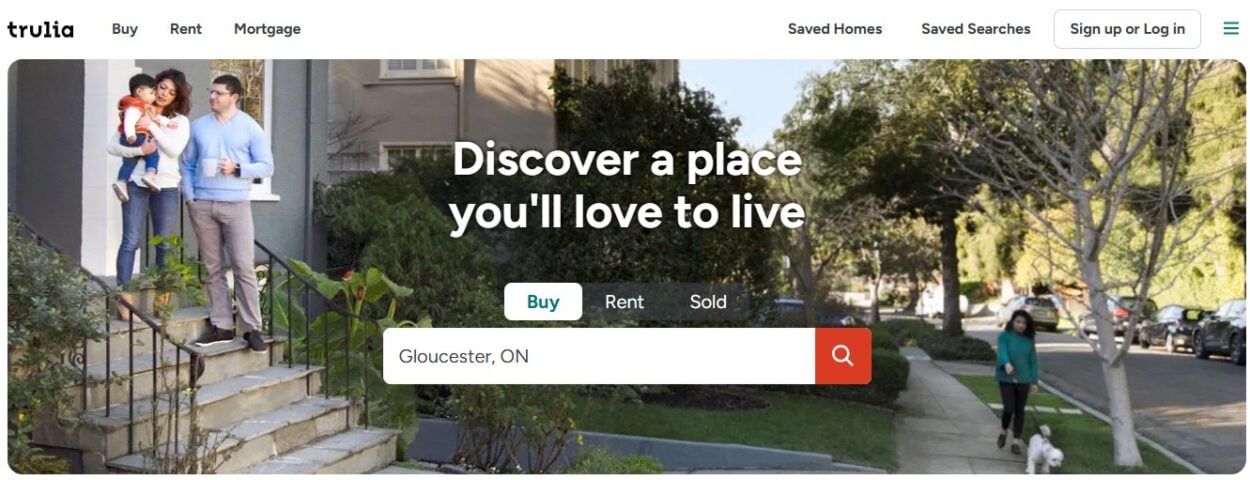
Информация о школе
Trulia включает рейтинги GreatSchools и уникальные обзоры отзывов родителей. Границы школ отображаются непосредственно на картах недвижимости. Отзывы и информация о рейтингах позволяют покупателям сравнивать несколько школ одновременно.
Анализ окрестностей
Районы отображаются в виде тепловых карт преступности с дополнительными данными о транспорте, удобствах и демографических характеристиках на уровне кварталов. В разделе «Районы» Trulia представлены видеоотзывы жителей, которые дополняют пользовательский опыт. Данные о преступности и удобствах берутся из городских баз данных.
Обновления и удобство использования на мобильных устройствах
Данные о школах и местных учреждениях на Trulia автоматически обновляются в соответствии с официальными публикациями. На каждой странице отображается видимый маркер, указывающий на дату последнего обновления. В пользовательском интерфейсе реализованы наложения дополненной реальности для школьных зон, разработанные для тех, кто ищет информацию с мобильных устройств.
Homes.com: ясность в отношении школьных зон и обзоров сообществ
Homes.com создан для удобной навигации и сравнения данных.

Рейтинги школ и поиск поставщиков
На сайте Homes.com представлены результаты GreatSchools и информация Национального центра образовательной статистики. У каждой школы есть профили, включая данные об успеваемости, посещаемости и динамике зачисления (при наличии).
Снимки окрестностей
Для каждого объекта недвижимости предоставляются краткие данные о возрасте жильцов, размере домохозяйства, ставках арендаторов и собственников, а также истории цен в этом районе. Данные Walk Score позволяют оценить близость к общественному транспорту, магазинам и местам отдыха.
Обслуживание данных
Homes.com добавляет даты обновления и полные источники данных к каждому объявлению. Инструмент сравнения на платформе позволяет пользователям просматривать несколько объявлений со всеми соответствующими школьными зонами и удобствами в одном окне.
Rockhood AI: отчеты о школах и районах на основе искусственного интеллекта
Rockhood AI ориентирован в первую очередь на агентов по недвижимости, предлагая персонализированные отчёты и аналитику как для США, так и для Канады. Однако я не вижу причин, по которым покупатели жилья, желающие быть в курсе последних событий, не получат выгоду от надёжного сервиса Rockhood AI по сбору данных.
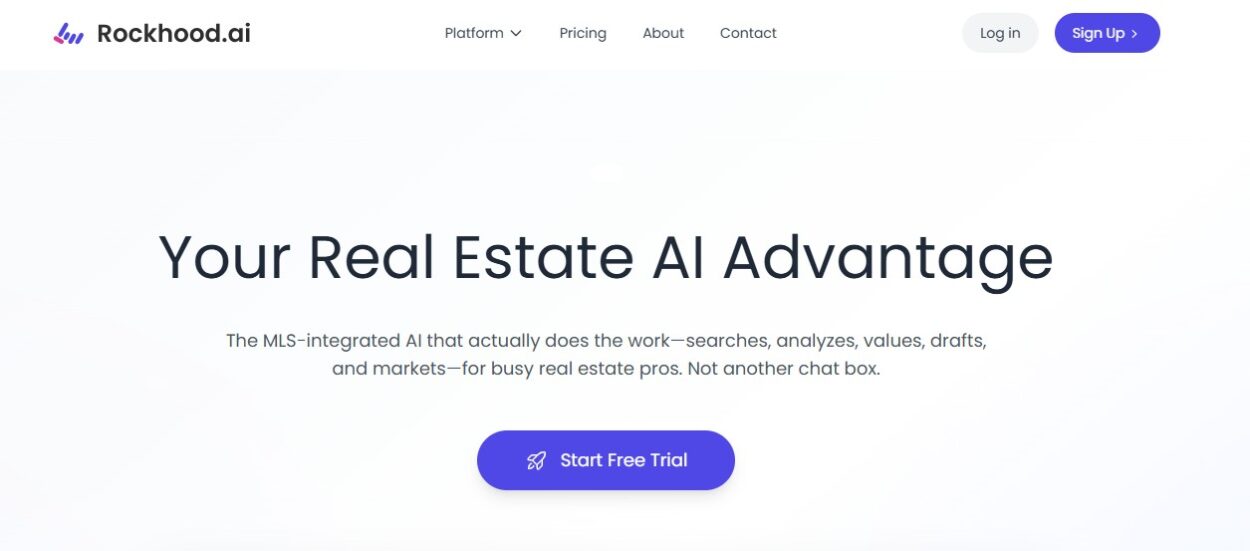
Показатели школы
Платформа собирает данные о результатах тестов, проценте выпускников, расходах школ по округам и ограничениях посещаемости. Все данные берутся из государственных источников и отчетов школьных округов и обновляются в начале каждого учебного цикла.
Данные о районе
Аналитика района включает данные об уровне преступности, оценках риска, индексах пешеходной доступности, расположении общественных объектов, прогнозируемой динамике стоимости недвижимости и прогнозах местного развития. Данные о преступности обновляются еженедельно, демографические данные — ежеквартально, а информация о школах — каждый новый учебный год.
Технологические функции
Пользователи могут настраивать слои карты, чтобы сосредоточиться на своих главных проблемах, таких как безопасность или транспортное сообщение. Брендированные PDF-отчёты отображают данные о школах и районах рядом друг с другом для удобства сравнения и обмена информацией. Оповещения с помощью ИИ информируют покупателей о важных обновлениях или изменениях в профиле района или школы.
Доверие и соответствие
Rockhood AI предоставляет журналы обновлений и раскрывает источники данных в каждом отчёте. Вся предоставленная информация соответствует стандартам справедливого жилья и основана исключительно на фактических и объективных критериях.
Покупка жилья на основе данных и локализованный поиск
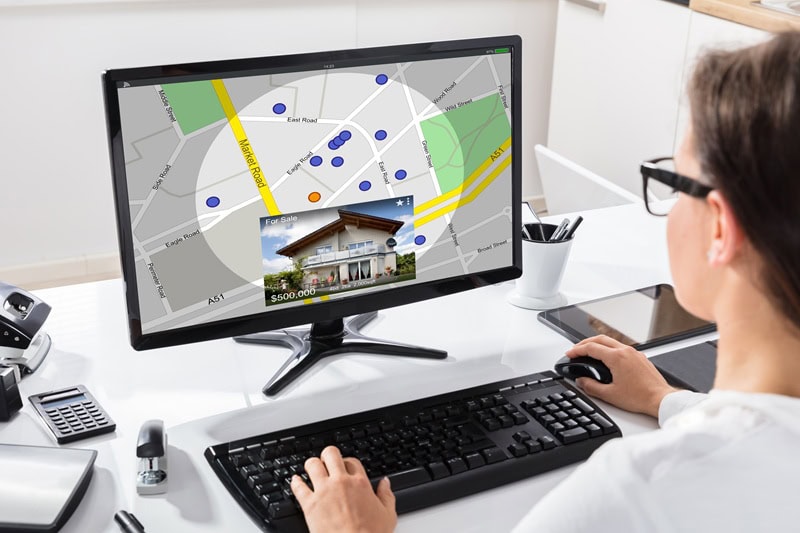
Поиск нового дома во многом зависит от достоверной и достоверной информации как о самом объекте, так и о его окружении. Веб-сайты, интегрирующие рейтинги школ и аналитику района, делают выбор недвижимости более обоснованным. Вахи лидирует на канадском рынке за свою глубину и методологию, в то время как Realtor.com, Zillow, Redfin, Trulia и Homes.com предлагают аналогичные услуги в Соединенных Штатах и на некоторых рынках Канады.
Каждый из них опирается на проверенные общедоступные и партнёрские наборы данных и публикует график обновления. Покупатели, использующие эти инструменты, получают структурированную, фактическую информацию о школах и районах, что крайне важно для принятия обоснованных решений в сфере недвижимости.
Больше историй
Хотите построить свой собственный бардоминиум? Вот всё, что вам нужно.
Раздел имущества при разводе: ответы на все самые актуальные вопросы
Пост 7 лучших сайтов недвижимости со встроенными рейтингами школ и данными о районах впервые появился на Дома с модными брюками.